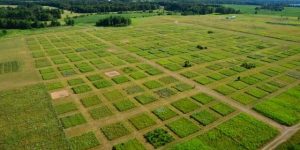Full Report here: BOL406_final-project-report_SimonCampbell
The results of our study suggest that average biomass and species richness, respectively, are not influenced by burn frequency grouped by year of observation. However, average biomass and species richness are suggested to increase according to burn frequencies grouped with native species and decrease with burn frequencies and invasive status. An ideal burn frequency was not identified from the statistical analyses, however, the species status is an important variable to consider in conservation approaches. Our study partially supports the hypothesis that fire cycles promote biodiversity in terms of species biomass and richness. Our findings of the beneficial effects of prescribed burning have broad implications for the restoration of oak savannas.


Learning Significance